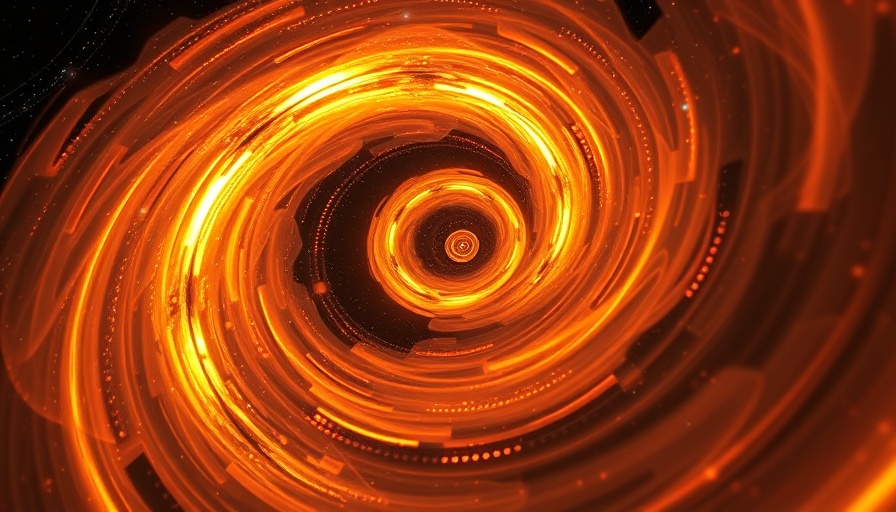
Exploring the Mysteries of Co-moving Stars and Exoplanets
The universe is home to myriad stellar formations, but few offer as intriguing insights into cosmic phenomena as co-moving stars—pairs of stars that travel through space together. A recent study has unveiled the captivating connections between these stellar companions and the formation of exoplanets, shedding light on how environmental conditions shape the diversity of chemical elements found within them.
Understanding Chemical Discrepancies in the Cosmos
The recent research by an international team reveals that the creation of a new planet may be reflected in the chemical composition of its paired stars. Specifically, the study examined 125 co-moving star pairs using data from the Complete Census of Co-moving Pairs of Stars (C3PO). The researchers noted significant variations in chemical composition that could indicate either the formation of a planet or, intriguingly, the consumption of a planet by the star.
Within these co-moving pairs, differences in magnetic activity were particularly telling. Stars exhibiting lower levels of refractory elements—like iron, titanium, and aluminum—demonstrated heightened magnetic activity compared to their counterparts with normal levels of these elements. This magnetic difference aligns with the understanding that high condensation temperature elements condense close to a star, impacting its overall chemistry and behavior.
Magnetic Activity: A Key Indicator
Perhaps one of the most compelling findings of the study is the correlation between the depletion of refractory elements and increased magnetic activity in the surrounding star. It appears that when these elements are scarce, the star tends to exhibit more vigorous magnetic behavior, a discovery that could lead to deeper insights into stellar evolution and planetary formation. Similarly, volatile elements, which remain gaseous at elevated temperatures, seem to influence magnetic activity to a lesser extent.
From Young Stars to Cosmic Clues
Diving deeper into the research, the age of the stars played a crucial role. Younger stars were found to have higher magnetic activities than older ones, despite sharing similar chemical abundances. This observation may indicate that younger stars are still undergoing significant changes in their magnetic environments, making them prime candidates for studying the early stages of stellar and planetary development.
Future Insights and the Exoplanet Connection
This study opens the door for future explorations into the dynamic relationships between stars and their surrounding planets. With each new discovery, we gain a clearer picture of how planets emerge from the chaos of the cosmos and the subsequent effects this has on stellar chemistry. Understanding these processes not only expands our knowledge of the universe but also enhances our grasp of the conditions that might support life beyond Earth.
Continuing this line of inquiry will allow researchers to refine our definitions of what makes an exoplanet habitable and how cosmic events can shape planetary systems over time. Thus, by closely examining the disparities in chemical makeup between paired stars, we may just uncover the critical factors that dictate the stability and sustainability of planets like our own.
These findings highlight the importance of cooperative international research in the field of astronomy and emphasize the potential benefits of advanced telescope technology. As we make strides in understanding these celestial bodies, we approach a future where the secrets of our universe gradually unveil before us.
 Add Row
Add Row  Add
Add 




Write A Comment